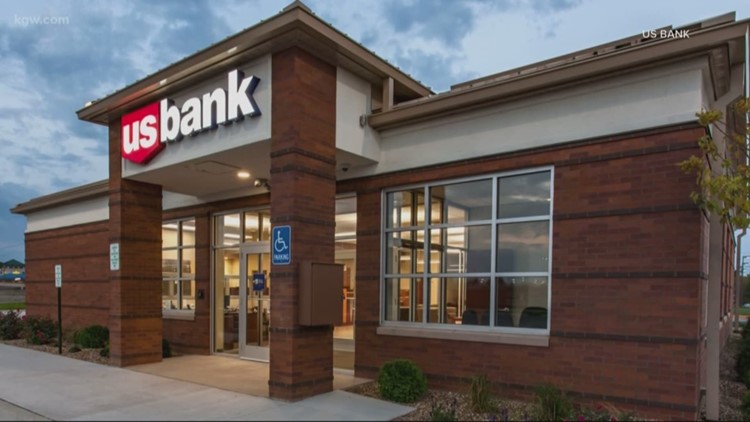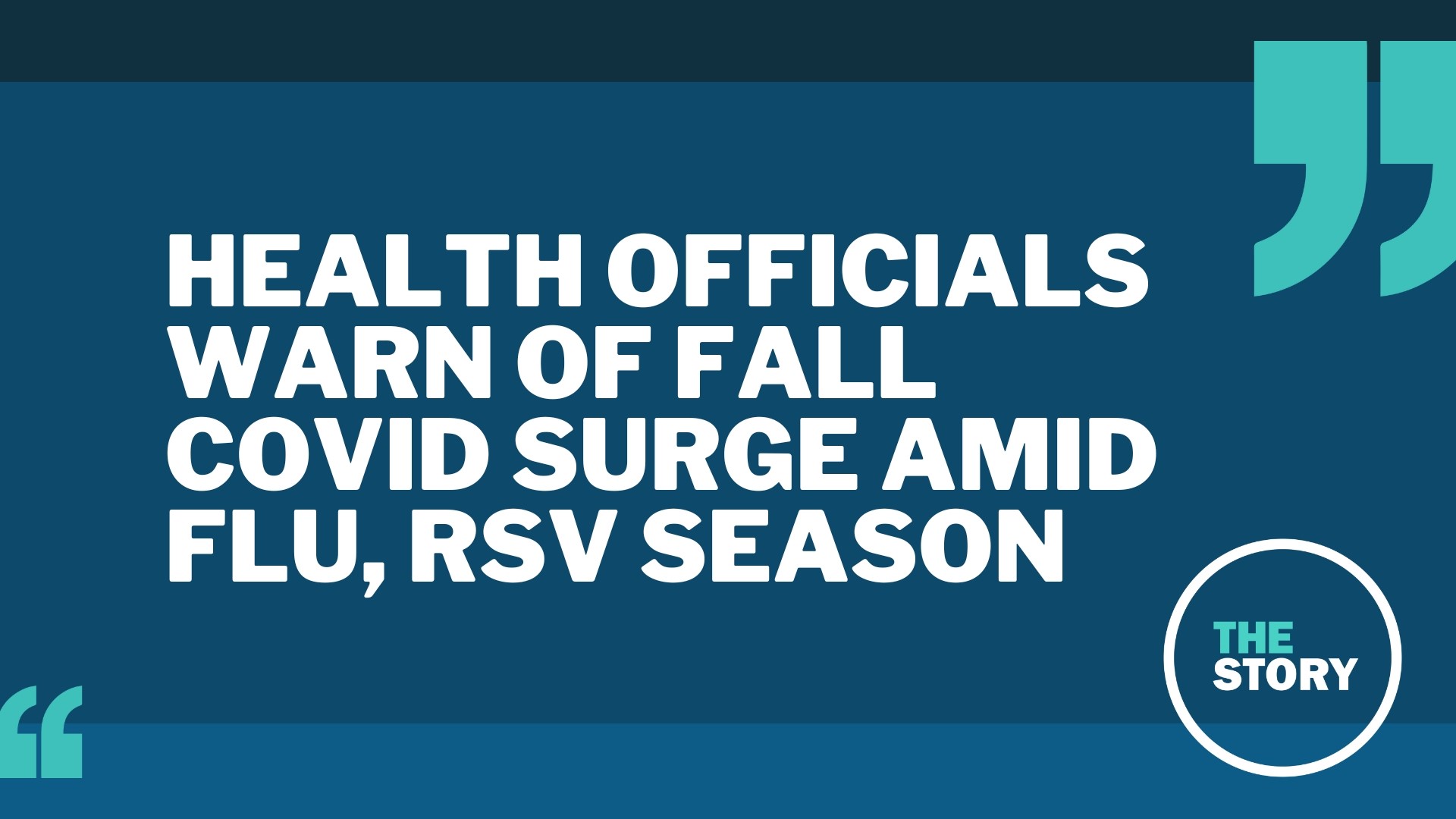PORTLAND, Ore — The race will be on Monday for the next round of small business stimulus money after Congress appropriated $310 billion more this week for the Paycheck Protection Program and another $60 billion for Economic Injury Disaster Loans and grants.
The application window opens Monday at 7:30 a.m. Pacific Time for the first-come, first-served program, and bankers will be working overtime to push the backlog of loan applications they couldn’t get processed in the last round of funding through the Small Business Administration’s loan processing system.
Jeremy Fields, SBA administrator for the Pacific Northwest, said he was confident the legacy technology platform, which was overloaded and crashed during the last wave of applications, has the capacity for what will doubtless be a new deluge Monday.
In the first $342 billion round of lending, Fields said the SBA processed 14 years’ worth of loans in fewer than 14 days. It worked with nearly 5,000 lenders, and made 1.6 million loans. The SBA does not have a backlog of loan applications in its system, but he said lenders had considerable pipelines, and SBA staff were continuing to work with banks to make sure they and their customers had access to the program.
“This is a marathon that we’re running at a sprinter’s pace,” he said.
The SBA approved 18,732 paycheck protection loans in Oregon in the first round totaling $3.8 billion. That’s an average loan size of just over $200,000. Some of those loans have yet to be funded, but SBA says that anyone with a loan number for the so-called PPP program doesn’t have to do anything more when the new round of applications opens. Likewise, those businesses who have applied for an EIDL loan and have an application number than begins with a “3” do not need to reapply.
“Applications already in the system continue to be processed,” said Cynthia Cowell, a spokeswoman for the SBA’s Office of Disaster Assistance.
Oregon’s receipts in the first round amounted to about 1.1% of the total, a little less than its 1.4 % share of the U.S. population. But as a percentage of eligible business payrolls covered by the program, Oregon was near the bottom of the list, along with Washington, California, and New York.
The PPP loans were designed to give business with fewer than 500 employees eight weeks of payroll support in the form of a loan. If employers maintain pre-COVID-19 levels of employment after eight weeks, the loan is forgiven. Lesser levels of employment translate to lesser forgiveness, with unforgiven balances converting to a two-year loan bearing an interest rate of 1%.
Businesses that get a loan do not have to fully reopen to use the money. A restaurant or a brewery, for instance, can still pay employees and use the loan proceeds for a few other eligible expenses, even if the business can’t reopen. The aim of the program is to keep workers off the unemployment lines. Oregon’s employment department has been overwhelmed with 330,000 applicants for benefits.
Fields said Friday that Congress had earmarked $60 billion of the new PPP money for loans made by small banks, credit unions community financial institutions. Those set-asides are designed to ensure big banks’ customers don’t walk away with the entire pie, and that institutions serving very small and rural customers can access the loans.
There was an uproar after the last round of funding after large, publicly traded national chains like AutoNation, Ruth’s Chris Steakhouse and Shake Shack, with far more than 500 employees, walked away with big loans, while hundreds of thousands of small businesses couldn’t access the program.
The Treasury Department has demanded refunds from more than 100 publicly traded companies that received almost $600 million combined, The Wall Street Journal reported on Thursday. The agency has also warned larger businesses with adequate liquidity not to seek loans.
Still, Monday will be chaotic. Since the program stopped funding loans on April 16, banks have continued to process applications and work with customers to get the necessary paperwork in place, while adding and training new employees to their loan processing efforts. Big banks around the country have tens, if not hundreds of thousands of applications ready to go and are automating their own processing to feed them into SBA’s system more quickly.
Umpqua Bank is doing the same. It successfully pushed through 6,700 loans in the first round totaling $1.4 billion, a figure it says will keep 100,000 workers off the unemployment lines in the states where it operates.
Still, that left Umpqua with a little more than 4,000 additional applications. It has yet to reopen its own application window, but its goal is to get all those applicants though the process, said Eve Callahan, a spokeswoman for the bank. She said the bank’s technology team had built an application that will help automate parts of the application process.
“We expect there will be enormous demand on the system,” she said. “Banks around the country will be lined up trying to get customers access to that assistance.”
One of those applicants, though not through Umpqua, will be Frank Wakayama, who owns Sales Northwest, a five-person firm in Clackamas that sells construction supplies. He was ready with all his paperwork when the original application window opened on April 3. But his bank, Wells Fargo, said their portal wasn’t up yet and to check back.
“I checked it every 30 minutes (that Friday) and then on Monday morning found out that it went live over the weekend” and they were no longer accepting applications, he said.
So he checked with a variety of other banks that the SBA said were approved lenders: Bank of America, Chase, Columbia Bank, US Bank, Key Bank, Riverview Bank.
“All said that I needed an existing account with them to apply, he said.
He eventually got in the queue at Umpqua Bank, but was unable to send in an actual application before the program’s funding was exhausted. On Wednesday, he got an email from Umpqua: “Due to the number of applications we’re still processing, unfortunately we’re not able to take an application from you at this time,” it said.
In the meantime, he’s gone back to Wells Fargo, which is sending him almost daily emails assuring him they’re doing everything they can to get his $90,000 loan approved.
His wife, a self-employed hair stylist, has a similar predicament. She applied for an SBA Economic Injury Disaster Loan Assistance and hasn’t heard back. She applied for unemployment three weeks ago, but hasn’t heard anything. She applied for grants from the Thryv Foundation and Verizon and hasn’t heard back. And, as a female small business owner, she applied for a Prosper Portland’s grant program. She was denied.
“The frustrating thing for me is that people who actually need these loans don’t have the wherewithal or a CPA on staff to navigate the paperwork,” Frank Wakayama said, “or the contacts at the bank to get through.”
-- Ted Sickinger; tsickinger@oregonian.com; 503-221-8505; @tedsickinger
This article was originally published by The Oregonian/Oregonlive, one of more than a dozen news organizations throughout the state sharing their coverage of the novel coronavirus outbreak to help inform Oregonians about this evolving health issue.



